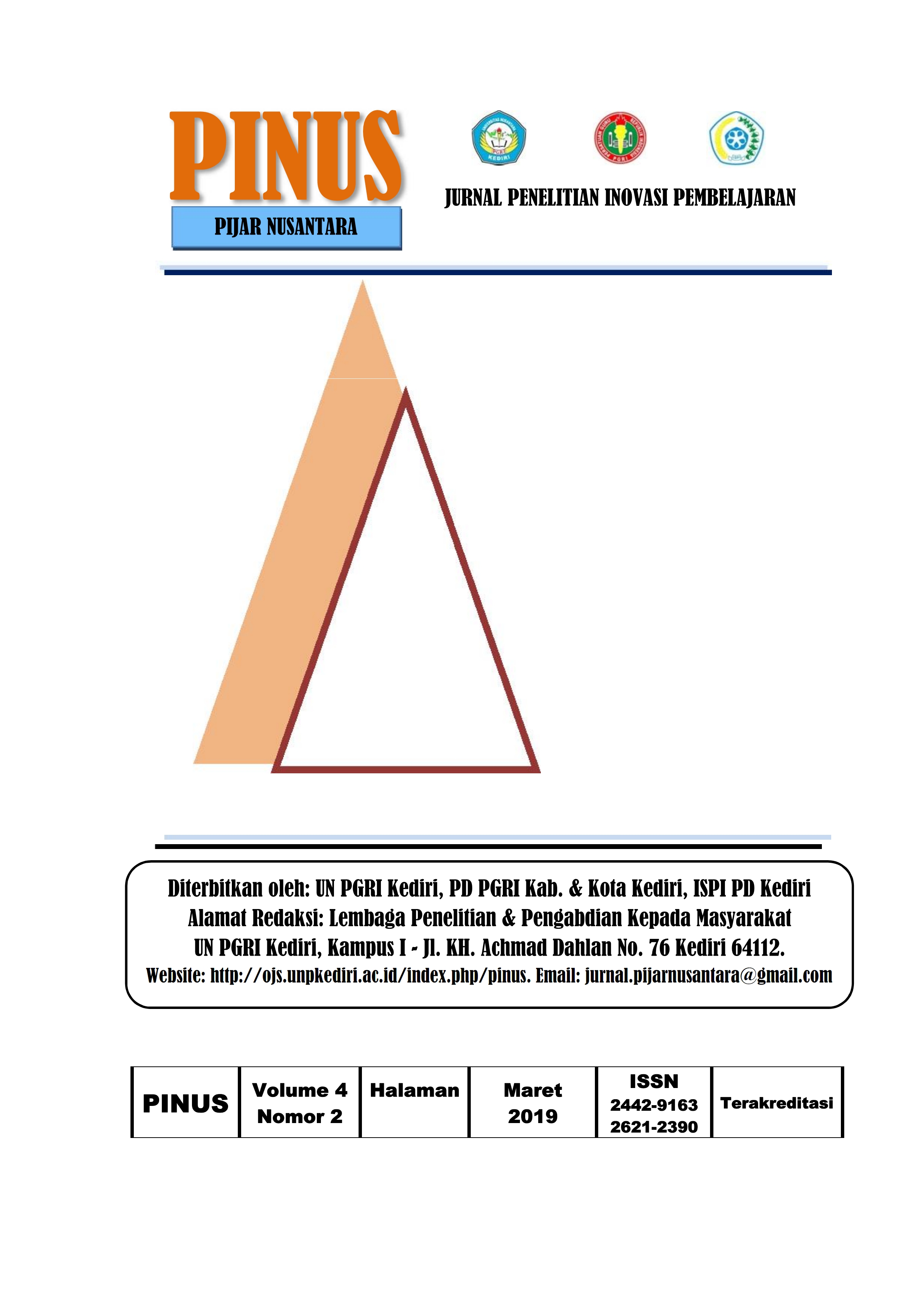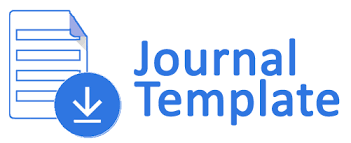Upaya Meningkatkan Hasil Belajar Mengulas Teks Novel Melalui Metode SQ3R : Survey, Question, Read, Recite And Review Pada Peserta Didik Kelas VIII F Pelajaran Bahasa Indonesia SMPN 7 Kediri
DOI:
https://doi.org/10.29407/pn.v4i2.12607Keywords:
Hasil belajar, Bahasa Indonesia, Survey, Question, Read, Recite and ReviewAbstract
Students of class VIII F of SMP 7 Kediri find it difficult with the many memorization and intentions of learning Indonesian. Students also do not pay too much attention to the explanation from the teacher when in class. Add to the Indonesian language lesson schedule at the end of the lesson. This makes the concentration of students declining and not the enthusiasm for learning. From the data obtained by the researchers, the average daily test scores of class VIII F students of Kediri Junior High School 7 only reached 74.4 or still below the determined KKM. The researcher chooses a learning method Survey, Question, Read, Recite and Review. The SQ3R method is an excellent reading method for intensive and rational reading purposes. The learning step for the SQ3R method is that the teacher asks students to observe or identify the entire text. Students are asked to arrange questions that are relevant to the text. The teacher guides students to find the main ideas and answers to the questions that have been made in the second step. Students mention, students review all questions and answers briefly. Teachers and students make conclusions together. The success of this study can be seen from the increase in student learning achievement up to 75% with a minimum KKM value of 78. The results of the increase can be seen from the data as follows: pre-cycle 53%; first cycle 69%; second cycle 81%. These results are said to be successful because they have exceeded the indicator of research success of 75%. The increase results can be seen from the average value of students as follows: pre-cycle 74.4; first cycle79,1; second cycle 82.2. These results are said to be successful because they have exceeded the indicator of success.
Downloads
References
Djamarah, SyaifulBahri., Aswan Zain. 2006. Metode Belajar Mengajar. Edisi rivisi. Jakarta: Rineka Cipta.
Hamalik, Oemar. 2009. Proses Belajar Mengajar. Jakarta : Bumi Aksara.
Huda, Miftahul. 2014. Model-Model Pengajaran dan Pembelajaran. Yogyakarta: Pustaka Pelajar.
Ismail.2008. Model-Model Pembelajaran Mutakhir. Yogyakarta: Pustaka. Pelajar
Mulyasa, E. 2006.Cetakan ke-4. Implementasi Kurikulum 2004 Panduan Pembelajaran KBK.Bandung: PT. Remaja Rosdakarya.
Pardjono, dkk.2007. Panduan Penelitian Tindakan Kelas. Yogyakarta : Lembaga.
Rasyid, Harun.,Mansur. 2009. Penilaian Hasil Belajar. Bandung: CV Wacana Prima .
Slameto. 2010. Belajar dan Faktor-Faktor yang Mempengaruhi. Jakarta: Rhineka Cipta.
Strauss, Anselm., Juliet Corbin. 2003. Dasar-Dasar Penelitian Kualitatif Prosedur, Teknik, dan Teori. Surabaya: Bina Ilmu.
Sudjana, Nana. 2010. Dasar-Dasar Proses Belajar Mengajar. Bandung: Algensindo.
Sukarna. 2009. Penelitian Tindakan Kelas Prinsip-Prinsip Dasar, Konsep dan Implementasinya. Surakarta: Media Perkasa.
Sukardi.2011. Metodologi Penelitian Pendidikan Kompetensi dan Praktiknya.Jakarta: Bumi Aksara.
Sulastri, S. (2018). Metode Pembelajaran Discovery untuk Meningkatkan Hasil Belajar Bahasa Indonesia dalam Menyimpulkan Isi Puisi Siswa Kelas VII G MTsN 9 Ngawi Tahun Pelajaran 2017/2018. PINUS: Jurnal Penelitian Inovasi Pembelajaran, 4(1), 7-10. doi:10.29407/pn.v4i1.12184
Syah, Muhibbin. 2010. Psikologi Pendidikan dengan Pendekatan Baru. Bandung:PT. Remaja Rosdakarya.
Downloads
Published
Issue
Section
License
Authors who publish with this journal agree to the following terms:
- Copyright on any article is retained by the author(s).
- The author grants the journal, right of first publication with the work simultaneously licensed under a Creative Commons Attribution License that allows others to share the work with an acknowledgment of the work’s authorship and initial publication in this journal.
- Authors are able to enter into separate, additional contractual arrangements for the non-exclusive distribution of the journal’s published version of the work (e.g., post it to an institutional repository or publish it in a book), with an acknowledgment of its initial publication in this journal.
- Authors are permitted and encouraged to post their work online (e.g., in institutional repositories or on their website) prior to and during the submission process, as it can lead to productive exchanges, as well as earlier and greater citation of published work.
- The article and any associated published material is distributed under the Creative Commons Attribution-ShareAlike 4.0 International License









